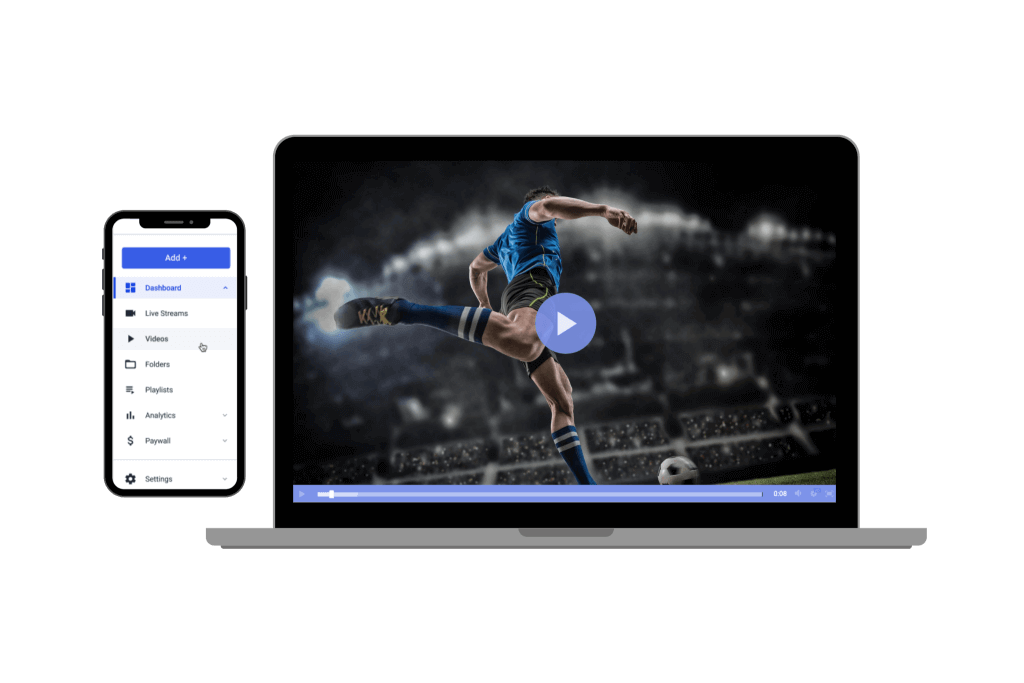

For example, if you want to reach viewers on Facebook, Twitter, and LinkedIn, look for a tool that supports that specific combination. Choose a tool that is compatible with the platforms you plan to stream to. There are a lot of different simulcasting tools on the market so it’s important to find one that suits your unique needs. You’ll also need the support of a dedicated multistreaming tool that is compatible with your video hosting platform. Luckily, the live streaming technology that is available to modern broadcasters makes the process quite seamless.Īs a professional broadcaster, you’re likely already using the support of an online video platform, like Dacast, for white-label streaming to your brand’s website and app.
XSPLIT PREMIUM $99 HOW TO
How to MultistreamĪ lot goes on behind the scenes to bring a multistream to life. There are still many benefits to white-label video streaming, so multistreaming simply adds a layer of benefits. You may wonder why you’d go through the trouble of simulcast streaming to your site or app in addition to your social platforms.

The idea is that by streaming to platforms where your viewers are already “hanging out” on the internet.īy streaming to social media sites like YouTube or Facebook, it’s possible to tap into your existing audience and grow a more “social” community. The main benefit of multistreaming is that it helps broadcasters reach a larger audience. Some of the top sites that broadcasters multistream to include Twitch, Facebook, and YouTube. Typically, multistreaming is used to stream to multiple different social media streaming sites in addition to streaming on your own platform. This is also called “multicasting” or “ simulcasting. Multi-destination streaming, or “multistreaming” for short, is a broadcasting technique that involves streaming a single feed to multiple destinations simultaneously. Multistreaming is a powerful tool for professional broadcasters.


 0 kommentar(er)
0 kommentar(er)
